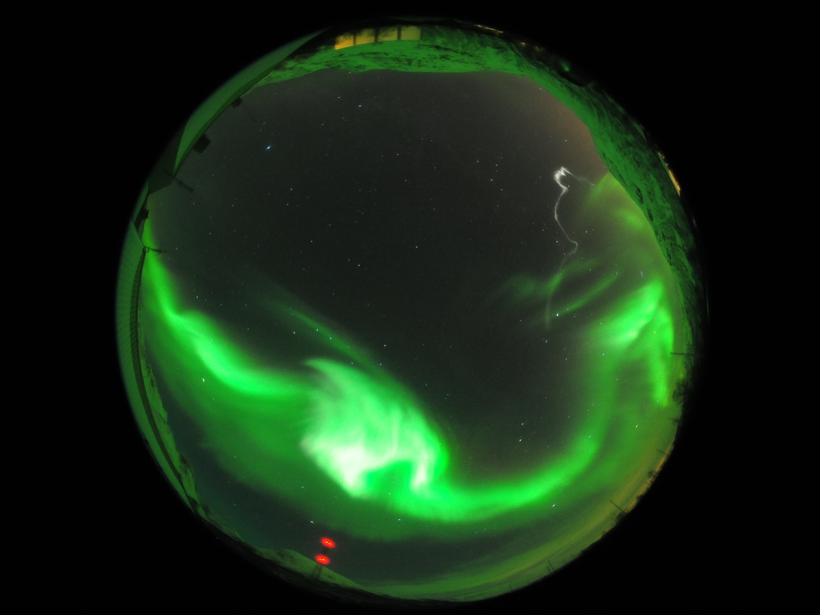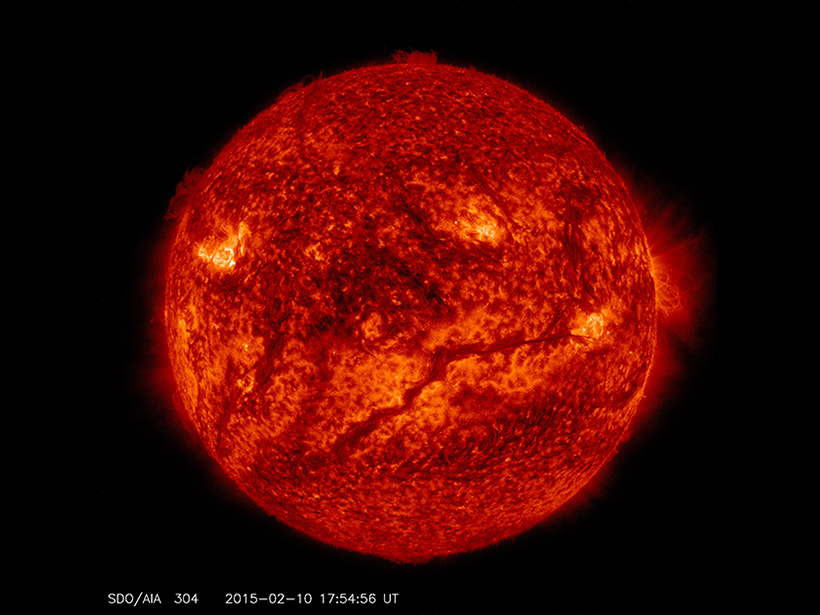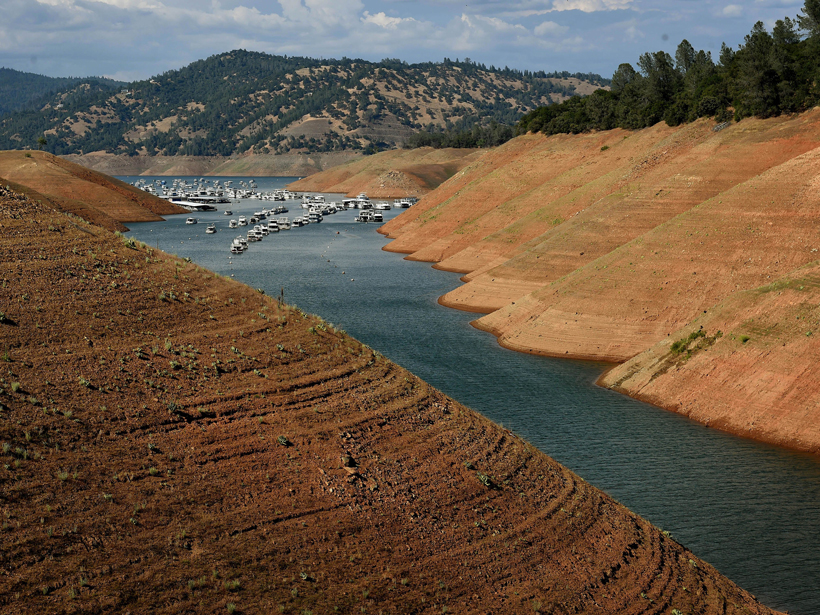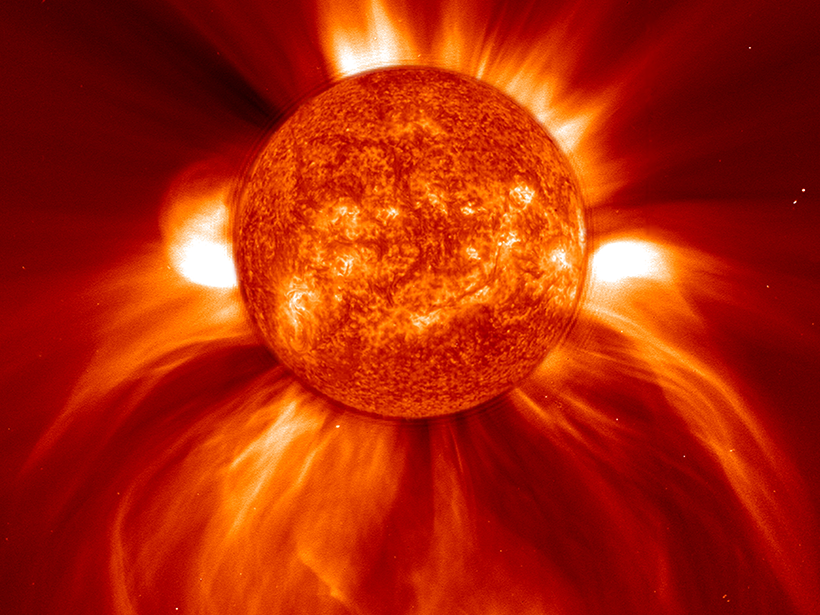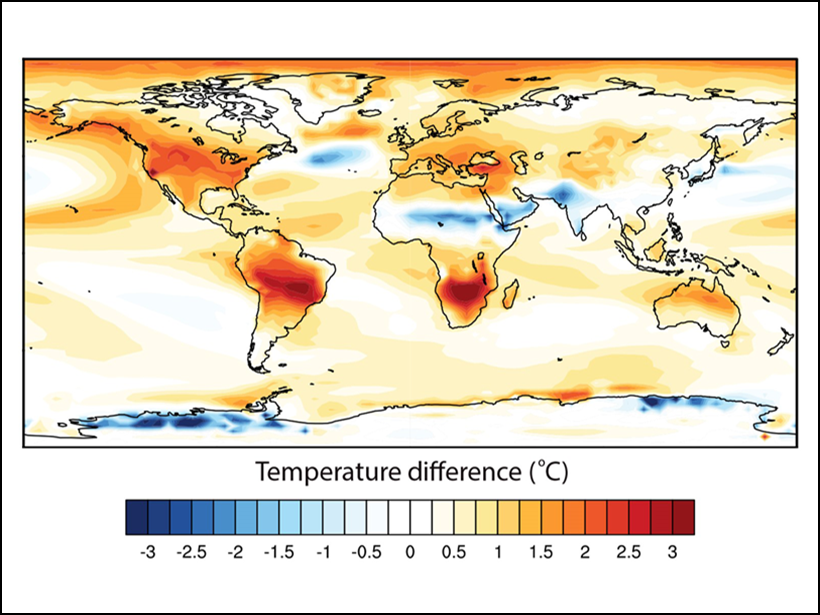Scientists measure how the aurora affects winds in the upper atmosphere.
E. Underwood
Posted inResearch Spotlights
Preserving a 45-Year Record of Sunspots
Maps reveal how the Sun’s magnetic field evolves through solar cycles.
Posted inResearch Spotlights
How Drought Plays Out
Humans are less likely to deplete groundwater when rainfall varies between years.
Posted inResearch Spotlights
Mossy Oaks Are Dripping with Organic Matter
Epiphyte-bearing trees leach carbon when it rains.
Posted inResearch Spotlights
Why Mountainous Upland Forests Emit So Much Methane
New research suggests that moist tree heartwood produces methane and emits the greenhouse gas to the atmosphere.
Posted inResearch Spotlights
A Better Way to Predict Space Storms
A new model of solar winds could reduce false alarms.
Posted inResearch Spotlights
Searching for Organic Carbon in the Dry Valleys of Antarctica
Researchers identify the first evidence of microbial respiration in desiccated Antarctic permafrost soils.
Posted inResearch Spotlights
Sandy Beaches Are Hotbeds of Biochemical Activity
A new study explores the role of wet sand in coastal ecology.
Posted inResearch Spotlights
How Earth’s Orbit Affected Ice Sheets Millions of Years Ago
A new study of the late Pliocene era could help scientists predict future sea level rise.
Posted inResearch Spotlights
Looking Inside an Active Italian Volcano
Scientists use 3-D imaging to reveal Solfatara crater’s inner plumbing.

